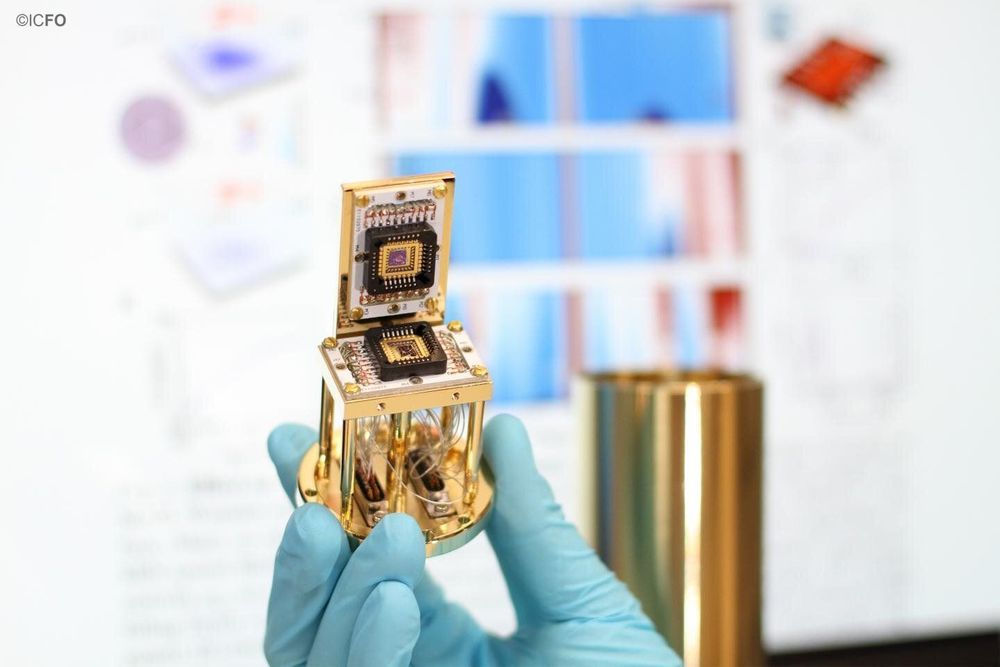If you stack two layers of graphene one on top of the other, and rotate them at an angle of 1.1º (no more and no less) from each other—the so-called ‘magic-angle,’ experiments have proven that the material can behave like an insulator, where no electrical current can flow, and at the same can also behave like a superconductor, where electrical currents can flow without resistance.
This major finding took place in 2018. Last year, in 2019, while ICFO researchers were improving the quality of the device used to replicate such breakthroughs, they stumbled upon something even bigger and totally unexpected. They were able to observe a zoo of previously unobserved superconducting and correlated states, in addition to an entirely new set of magnetic and topological states, opening a completely new realm of richer physics.
So far, there is no theory that has been able to explain superconductivity in magic angle graphene at the microscopic level. However, this finding has triggered many studies, which are trying to understand and unveil the physics behind all these phenomena that occur in this material. In particular, scientists drew analogies to unconventional high temperature superconductors—the cuprates, which hold the record highest superconducting temperatures, only 2 times lower than room temperature. Their microscopic mechanism of the superconducting phase is still not understood, 30 years after its discovery. However, similarly to magic angle twisted bi-layer graphene (MATBG), it is believed that an insulating phase is responsible for the superconducting phase in proximity to it. Understanding the relationship between the superconducting and insulating phases is at the center of researcher’s interest, and could lead to a big breakthrough in superconductivity research.
